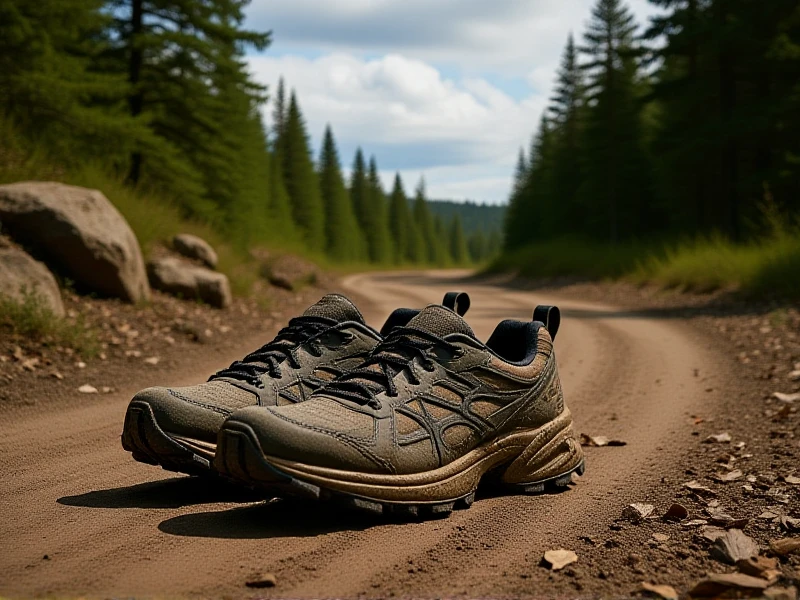Your Trail Running Shoes: Unlock Peak Off-Road Performance

Conquering rugged trails demands more than grit; it requires the right connection between your feet and the unpredictable earth. Trail running shoes are meticulously engineered weapons against roots, rocks, mud, and steep inclines, fundamentally different from their road counterparts and essential for safety and speed off the pavement.
The cornerstone of any effective trail running shoe is its aggressive, multi-directional lug pattern deeply etched into a sticky, durable rubber compound. This isn't just about "grip" – it's about predictable traction on loose gravel, confidence while powering up muddy slopes, and reliable braking control on treacherous descents. The outsoles bite into terrain where a standard trainer would slip. Brands constantly refine rubber formulations like Vibram® Megagrip to maximize stickiness without sacrificing durability on rocky paths.
Protection is paramount. Hidden beneath the soft mesh and supportive overlays, you'll typically find a rock plate – a thin, semi-rigid shield integrated into the midsole. This crucial layer dissipates the sharp impact of stones and jagged edges, preventing bruising and allowing you to charge over technical terrain without flinching. Additionally, the upper materials are tougher, often featuring reinforced toe caps and overlays to shield your feet from impacts and abrasion from debris, brush, and frequent scuffs. Enhanced stability features, sometimes via specific midsole geometries or wider platforms, help counteract the uneven surfaces to reduce ankle rolls.
Fit and cushioning require careful consideration. While cushion protects against cumulative fatigue on long runs, trail running shoes often strike a balance. Too much stack height can feel unstable on side slopes. A snug, secure heel counter and midfoot hold prevent slippage in wet conditions, while a roomy, protected toe box allows natural toe splay and avoids bruising on steep descents. Consider your trails: ultra-cushioned models excel on long, smoother paths, while minimal cushion and maximum ground feel benefit highly technical, rocky routes demanding precision foot placement.
Durability and water management play crucial roles. Durable outsoles withstand abrasion, while treatments like GORE-TEX® offer weather protection where needed. However, many runners prioritize fast drainage and quick drying in non-waterproof models, accepting wet feet knowing the shoes won't stay waterlogged. Breathability remains key to prevent blisters and overheating.
Choosing the right trail running shoe bridges the gap between your capability and the trail's challenge. It transforms a potentially treacherous hike into a swift, exhilarating dance with nature. Invest wisely in specialized off-road footwear to protect your body, elevate your confidence, and unlock the true joy and performance potential of wilderness running.